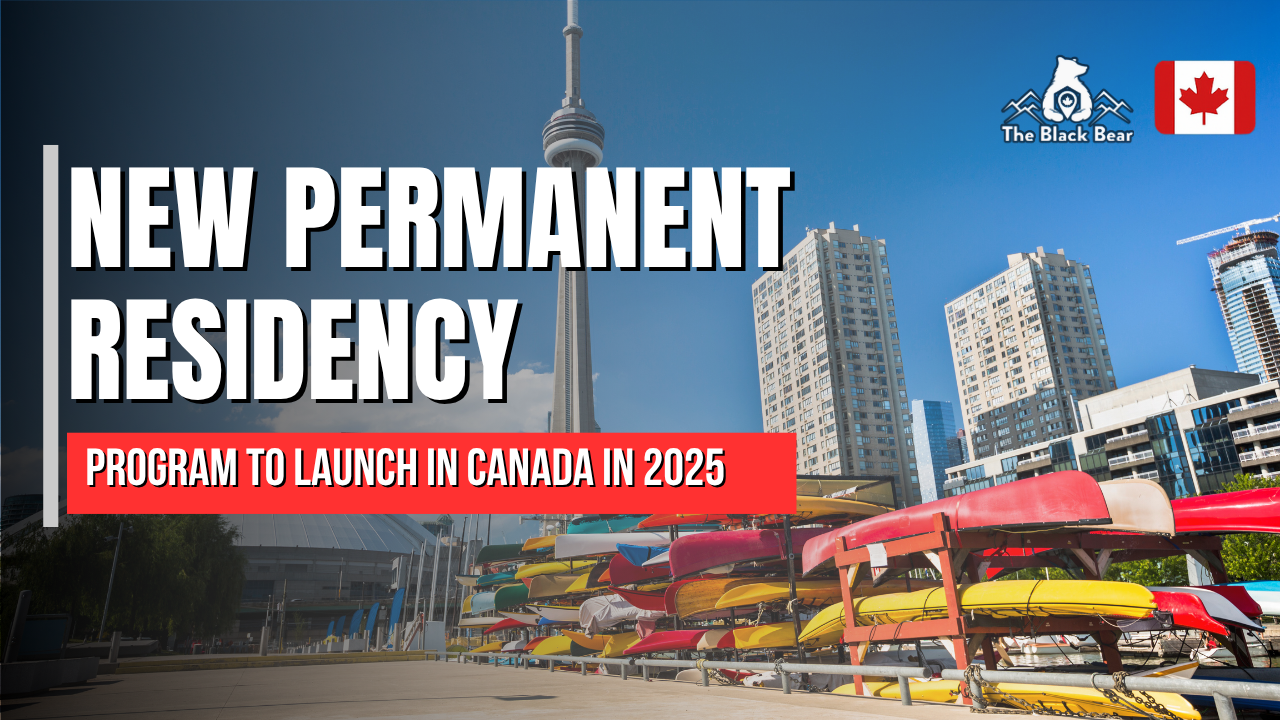Canada Set to Introduce a Permanent Pathway Based on Refugee Employment Pilot June 2025 – Ottawa – Immigration, Refugees and Citizenship Canada (IRCC) has confirmed

Canada Set to Introduce a Permanent Pathway Based on Refugee Employment Pilot
June 2025 – Ottawa – Immigration, Refugees and Citizenship Canada (IRCC) has confirmed it will officially launch a permanent immigration program in late 2025, evolving from the current Economic Mobility Pathways Pilot (EMPP). This new initiative aims to streamline permanent residency for displaced skilled workers, building on the success of the pilot launched in 2018 and extended through 2025.
What is the Current EMPP?
The EMPP facilitates permanent settlement in Canada for skilled refugees and displaced individuals via employment and regional economic programs. Since its launch in 2018, nearly 970 candidates have been admitted through both federal and regional streams via the Atlantic Immigration Program or Provincial Nominee Program
EMPP Streams Overview:
- Federal Stream (Total cap: 1,100 per year):
- Job‑Offer Stream: 950 spots—requires a full-time job offer, relevant work experience, recognized education credentials, and language ability aligned with the TEER category.
- No-Job-Offer Stream: 150 spots—requires one year of TEER 0–3 work experience within three years, high‑school education, CLB 7 in language, and proof of settlement funds. (Currently closed)
- Regional Stream (via Atlantic AIP or PNPs): Requires a job offer, language proficiency, and education/work experience as per jurisdictional rules. Education credential assessment and settlement funds rules vary. Applicants must apply from abroad.
EMPP Benefits:
- Fee waivers: IRCC covers application, biometric, and PR fees for applicants and dependents.
- Medical exams are also paid for.
- Travel support and settlement assistance are included
Transitioning to a Permanent Program
According to IRCC, the pilot will transition into a permanent pathway before EMPP expires at the end of 2025—though exact dates and criteria haven’t been released yet. IRCC’s 2025–26 Departmental Plan confirms the intent to make the pilot permanent
Who Stands to Benefit?
- Skilled refugee and displaced persons: Individuals who already qualify for the current EMPP will likely see a seamless shift to the permanent version.
- Canadian employers: Businesses facing labor shortages gain long-term access to a stable talent pool.
- Regional communities: Provinces and territories participating in influx streams through PNP or Atlantic programs will enjoy ongoing access to skilled foreign workers.
What’s Next?
IRCC is expected to release more detailed guidelines soon, covering:
- Eligibility requirements
- Annual intake caps
- Stream breakdowns (e.g., job offer vs. no job offer)
- Province-specific criteria
Prospective applicants should keep track of IRCC updates and consider professional advice to prepare for the transition.
Key Takeaways
| Topic | Details |
|---|---|
| Launch | Permanent PR pathway replacing EMPP coming late 2025 |
| Eligibility | Currently open to skilled refugees/displaced persons with job offers or regional nominations |
| Benefits | Fee waivers, medical coverage, settlement support, travel assistance |
| Next Steps | IRCC will publish full details on criteria and process before the EMPP expiration |
What You Should Do
- Stay informed: Monitor IRCC’s official bulletins for dates and eligibility updates.
- Prepare documentation now: Includes proof of refugee status, job offer letters, language test scores, and education credential assessments.
- Consult a licensed immigration advisor: To be ready when the permanent program opens.

